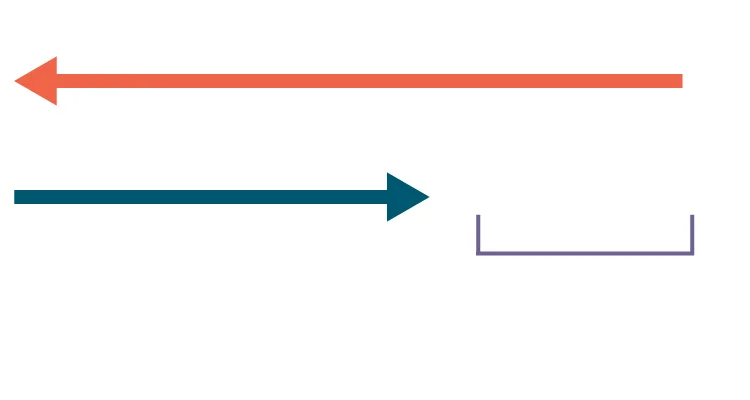
Trump’s 10% Baseline Tariff on U.S. Imports Takes Effect
Former President Donald Trump's proposed 10% baseline tariff on most U.S. imports officially took effect on April 5, 2025, marking a significant shift in U.S. trade policy. The move, aimed at protecting domestic industries and reducing the trade deficit, has sparked a flurry of reactions from both supporters and critics. Trump argues that these tariffs will accelerate reshoring, bringing manufacturing jobs back to the U.S. However, experts caution that the reality may be more complex, citing potential increases in consumer prices and retaliatory measures from trading partners.
The tariffs are part of a broader strategy that includes reciprocal tariffs on countries that impose high tariffs on U.S. goods. This approach has led to concerns about a potential trade war, with markets reacting cautiously to the new policy. The Wall Street Journal reported live coverage of the unfolding situation, highlighting the immediate impact on global trade dynamics.
While some industries welcome the protectionist measures, others fear the unintended consequences, such as higher costs for raw materials and finished goods. The effectiveness of these tariffs in achieving their intended goals remains to be seen, as the global economy adjusts to this new reality.
Related issues news
Why are we in a trade war?
An economic conflict between China and the United States has been ongoing since January 2018, when U.S. president Donald Trump began setting tariffs and other trade barriers on China with the goal of forcing it to make changes to what the U.S. says are longstanding unfair trade practices and intellectual property theft ...
What is the reciprocal tariff by the US?
Sec. 2. Reciprocal Tariff Policy. It is the policy of the United States to rebalance global trade flows by imposing an additional ad valorem duty on all imports from all trading partners except as otherwise provided herein.
Is Stellantis laying off employees?
Stellantis is pausing production at plants in Canada and Mexico. The automaker is also temporarily laying off 900 U.S. workers. The moves come after President Donald Trump announced his tariffs against foreign made vehicles.
How are tariff rates determined?
To determine how much higher those nations' rates should be, the White House says it calculated the size of each country's trade imbalance on goods with the United States and divided that by how much America imports from that nation. It then took half that percentage and made it the new tariff rate.